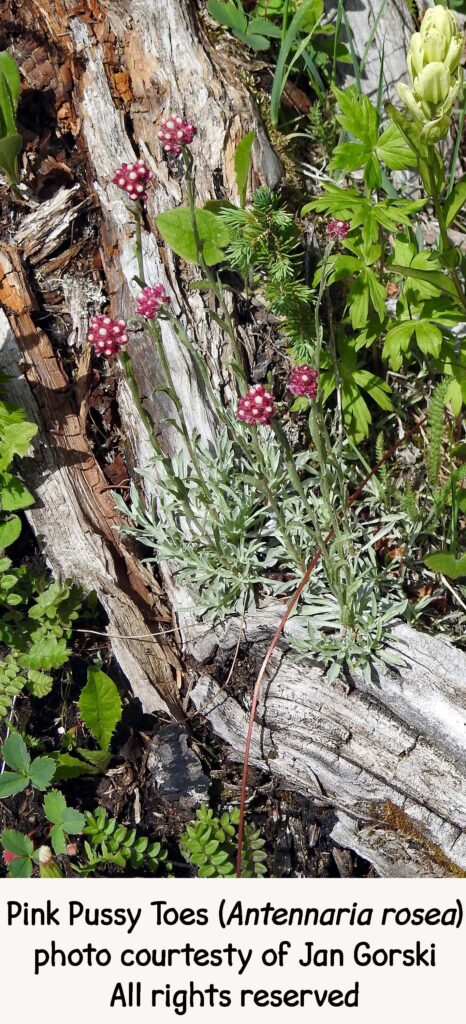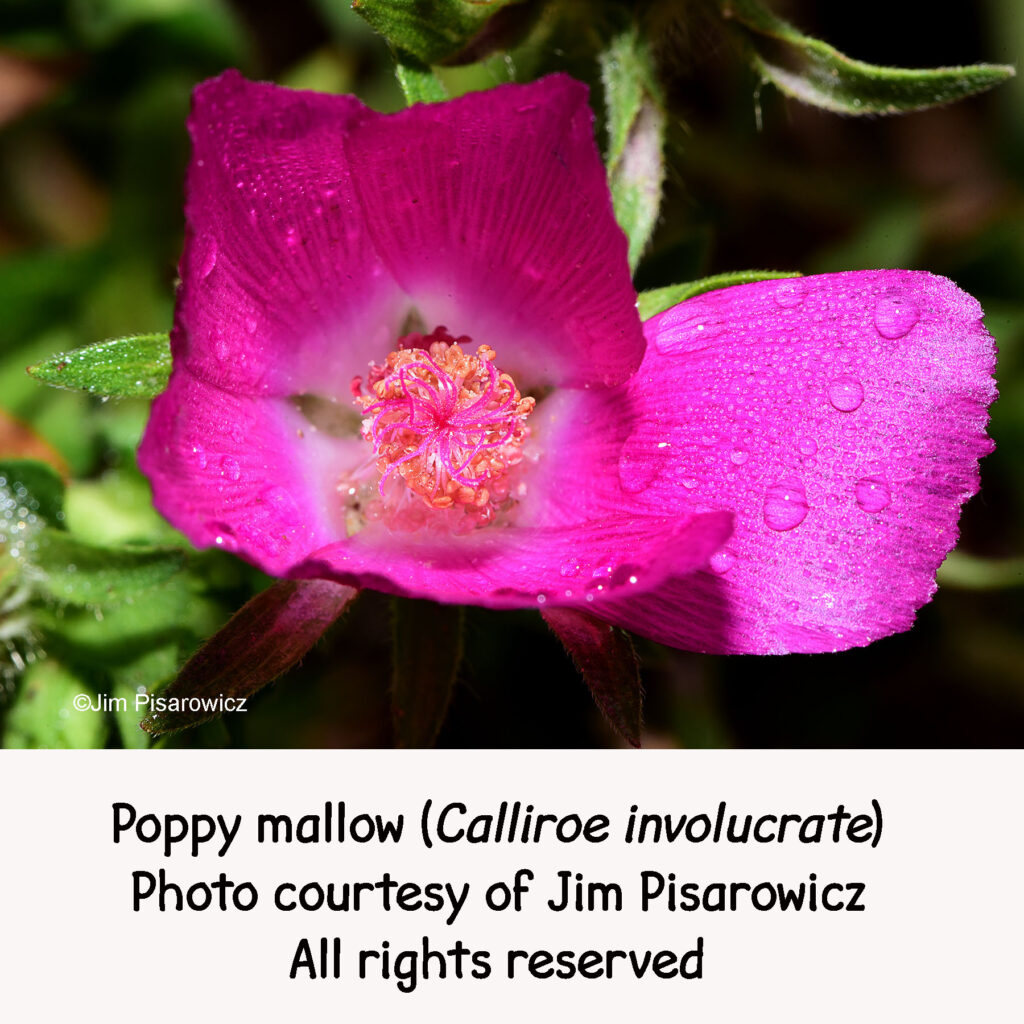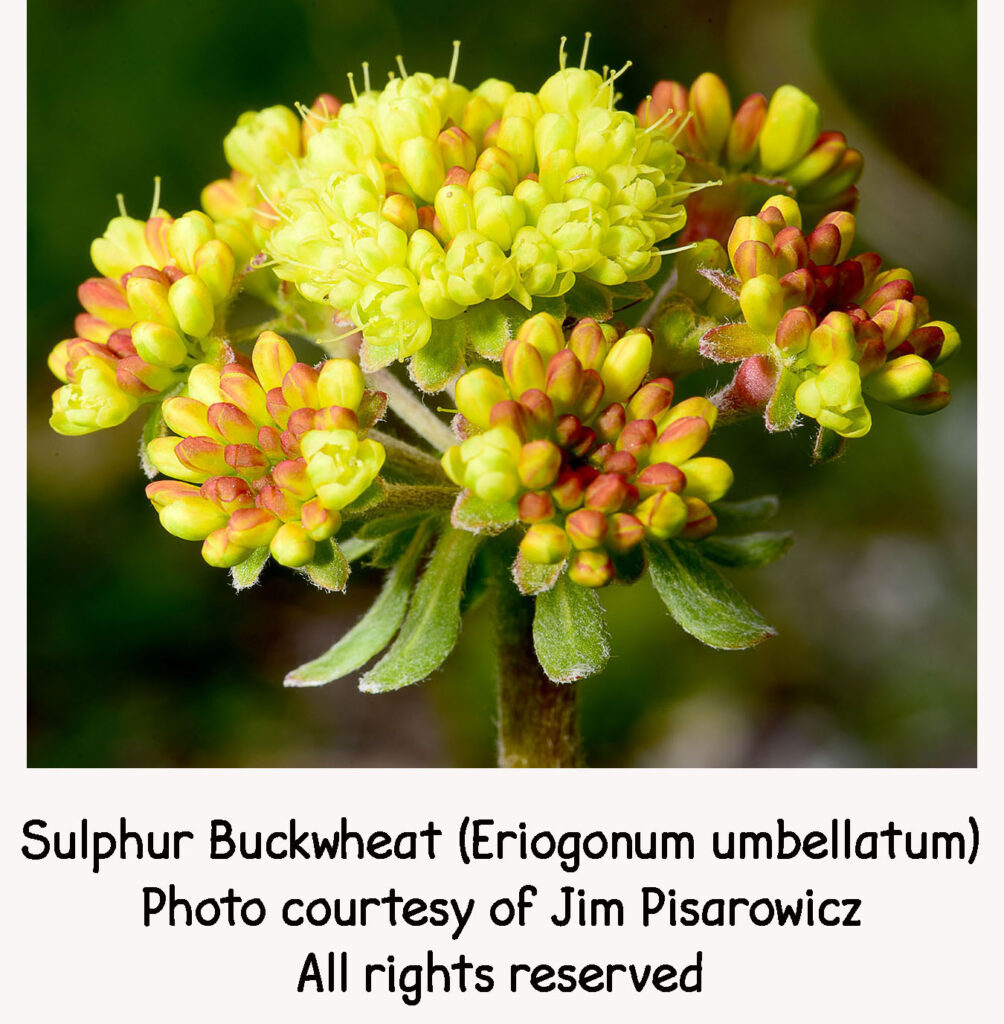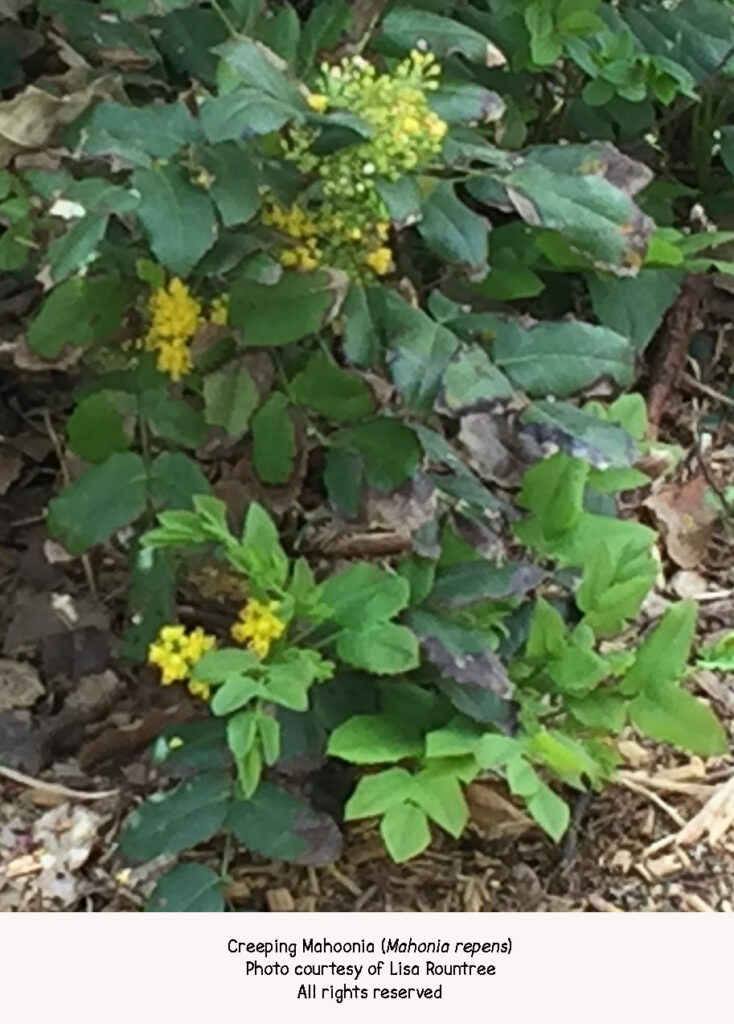By Deborah Lebow Aal
Okay, first, what is a hellstrip? It’s that strip of land in front of your house between the street and the sidewalk, so named because any living thing that thrives there has to be tough. Also known as the parking strip or public easement, the homeowner does not own it, but is supposed to take care of it. If you don’t have a hellstrip, the information below applies to that portion of your property that acts like one – the “I can’t grow anything here” portion of your landscape. These areas need the toughest of the tough – you can’t kill me – plants.

Most people have grass and a tree growing in the hellstrip, the go-to option. That requires irrigation and does very little that is environmentally correct. Some have opted not to irrigate, and have landscaped with small rocks, concrete, bricks, or weeds. That is perhaps even worse, environmentally, than the go-to option. In fact, bricks and rocks are not a good option, as weeds will take over if you’re not vigilant, despite a weed barrier (tip – weed barriers don’t really work…). But it doesn’t have to be! Your hellstrip can be beautiful with minimal irrigation, planted with some lovely native plants.
There are many low-maintenance plants that can do well in that dusty, dog-loving strip. I will address just a few that are more like ground covers, a sort-of substitute for grass. First up is Pussytoes (Antennaria). We have two native varieties to choose from – pink or white flower options. This is a lovely little silvery spreader that can take a bit of foot traffic.
I love Poppy mallow (Calliroe involucrata) for my hellstrip. I love the fact that on the hottest summer days it still has these magenta-colored flowers peeking out from a mound of green. The color is truly magnificent, and one plant can cover quite a bit of real estate as it splays out, always looking vibrant and cheery. If it is exposed to the right conditions, you’ll have lots of poppy mallow, which is a good thing.
Sulphur Buckwheat (Eriogonum umbellatum) has many redeeming values, not the least of which is its reddish color in the winter. It thrives with very little water, and has lovely little yellow flowers in the spring. Can’t go wrong with it. Mine don’t spread out that far, but it is a great ground cover.


And, we do have a native sedum: Yellow Stonecrop, (Sedum Lanceolatum), also known as Spearleaf stonecrop . I don’t have this in my hellstrip yet, so, I can’t personally vouch for it, but Denver Botanic Gardens has it in multiple locations, including on its green roof, so I would try it, for sure! It also has lovely little yellow flowers in the spring.

Finally, Creeping Mahonia (Mahonia repens). This Colorado native plant has been discussed in previous articles. It does well just about anywhere – sun, shade, dry, moist. You know it – it is not rare. It has four-season interest (yellow flowers in spring, blue berries in summer, and red-ish leaves in fall and winter), and it will keep spreading, requiring very little maintenance. If you read last month’s article, it was listed as several people’s favorite front-range native plant.
Again, these are all ground covers – they grow low and spread far. They can take the place of grass without requiring irrigation and fertilization, and they can take the place of rocks or bricks or concrete and be much, much better for the ecosystem. You will even attract caterpillars, butterflies and bees with them. They can all tolerate a little trampling but are not designed to be walked on, like grass.
More showy perennials and bushes that might do well in the hellstrip is an entirely different article. If curious, Denver Botanic Gardens has, as part of its water-wise garden, a strip designed to mimic our hellstrips, demonstrating what the toughest of tough plants can look like. I encourage you to go look at it. It is actually even attractive in the winter. Hope your holidays were fun, and your 2019 is full of native plants!
Note: A correction to our December Article: We included Partridge Feather (Tancetum densum) as an “almost native” plant, that one of our members’ listed as a favorite of hers. It is not an almost native. It hails from Southeast Turkey. So, even though it is a Plant Select plant, and does well here on the Front Range, it is not a native or an almost native. Apologies!
Curious to learn more about transforming your garden into a habitat with Colorado native wildflowers, grasses, shrubs, and trees? Check out our native gardening toolkit, register for an upcoming event, subscribe to our newsletter, and/or become a member – if you’re not one already!
